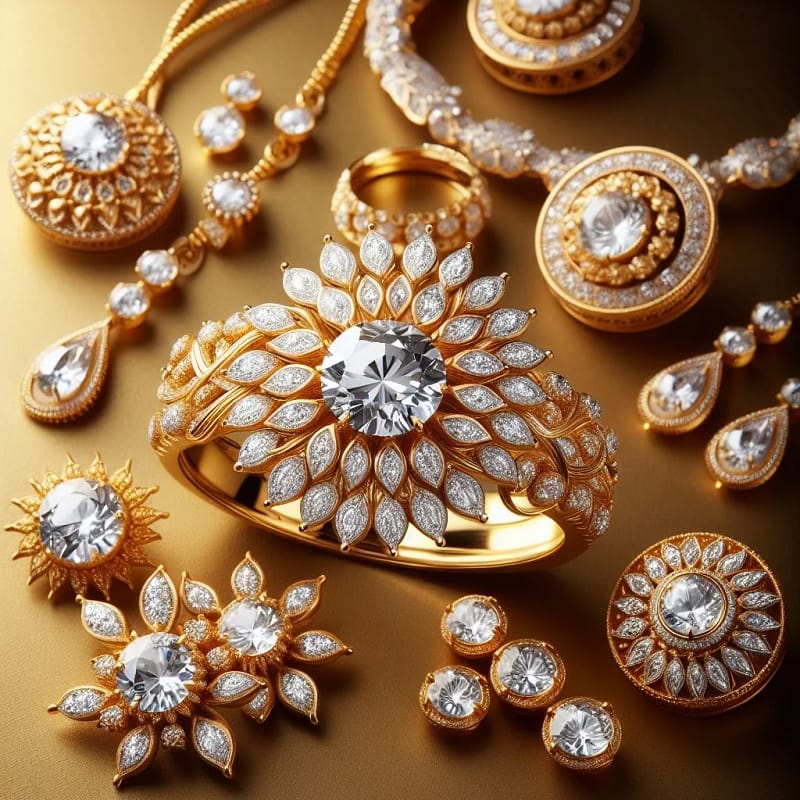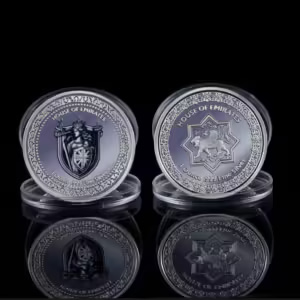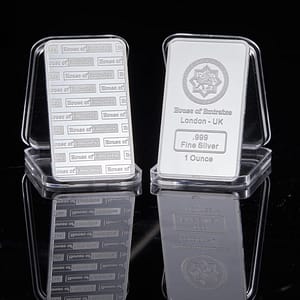By: Ahmad Saed Alzein
CEO of House of Emirates® London – UK
Jewellery has always fascinated people throughout history, capturing their hearts and sparking their imagination in different societies and historical periods. It is not just about looking pretty; it also represents wealth, meaning, and individuality. Studying the history of jewellery reveals an intriguing story of how valuable materials and skilled artistry come together to reflect human emotions and cultural ideals.”
The history of jewellery dates back to ancient times, and evidence from archaeological finds shows its importance in early human cultures. Civilizations such as the Egyptians, Mesopotamians and Greeks used jewels not only for decoration – they also had religious, political and social significance. In those ancient societies, jewellery represented status, authority, and a connection to the divine. Be it ornate amulets or elaborate headdresses, each piece was imbued with symbolism that conveyed the beliefs and ideals of the era.
Symbolism and Status:
As civilizations developed, so did the importance of jewellery. In medieval Europe, the feudal system dictated strict social hierarchies, and jewellery was a visible sign of a person’s status and belonging. Noble families adorned themselves with luxurious jewels that showed the world their wealth and power. Similarly, in ancient China and India, jewellery played a vital role in conveying social status and cultural identity, and special gems and designs were reserved for royalty and aristocracy.
Renaissance and Revival:
The Renaissance period marked the reawakening of art and jewellery become a visible form of expression. Famous artists such as Leonardo da Vinci and Michelangelo lent their talents to jewellery design, creating masterpieces that combined creativity with technical skill. Meanwhile, the discovery of new trade routes brought exotic gems and precious metals from distant lands, encouraging artistic innovation and luxury.
Romance and emotion:
Over the years, jewellery has taken on new meanings, full of romance and sentimentality. Medals, rings and bracelets became popular tokens of love and affection, decorated with miniature portraits, hair or hidden messages. During the Victorian era, which was characterized by elaborate funeral rituals, funeral jewellery made of black, onyx and enamel appeared as an expression of mourning and remembrance.
Modern trends:
During the 21st century, jewellery underwent a series of changes that reflected changing cultural norms and evolving design aesthetics. Art Deco introduced geometric shapes and bold colours influenced by the machine age and global travel. The mid-century modern movement embraced simplicity and minimalism, favouring clean lines and abstract shapes. At the same time, contemporary jewellery designers are pushing the boundaries of tradition by experimenting with unconventional materials and avant-garde concepts.
While the appeal of jewellery is undeniably tied to its aesthetic allure, its value goes much more than just a decoration. For many, jewellery is a tangible link to personal memories, beloved relationships, and cultural heritage. Wedding bands symbolize eternal love and commitment that are passed down from generation to generation. Religious symbols and talismans offer protection and guidance in times of uncertainty. In addition, handmade jewellery made by skilled artisans creates connections between producers and users, celebrating human creativity and the beauty of craftsmanship.
The charm of jewellery throughout history transcends material value and includes layers of symbolism, emotion, and craftsmanship.





